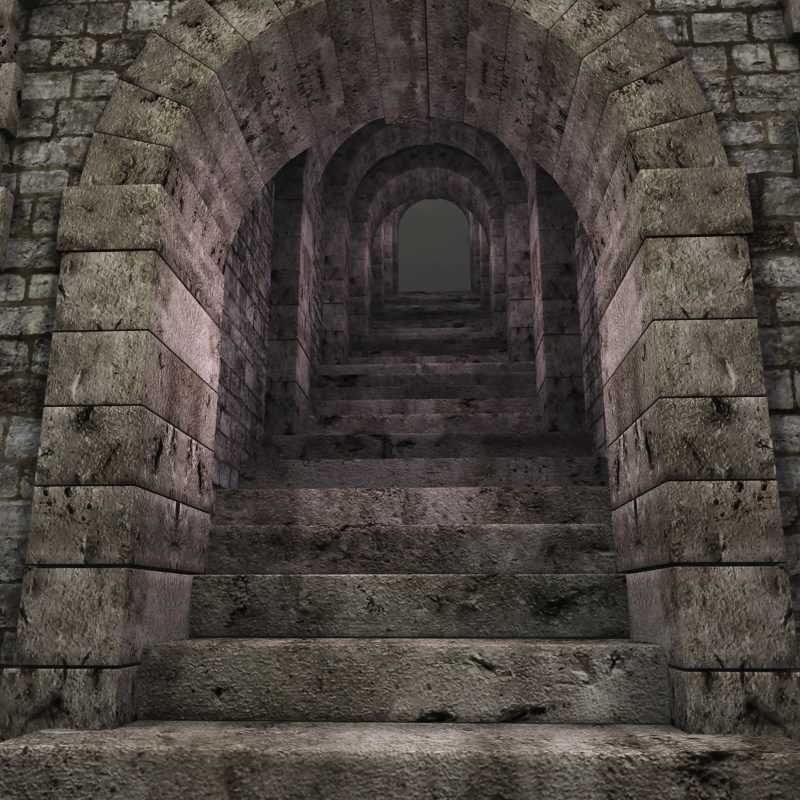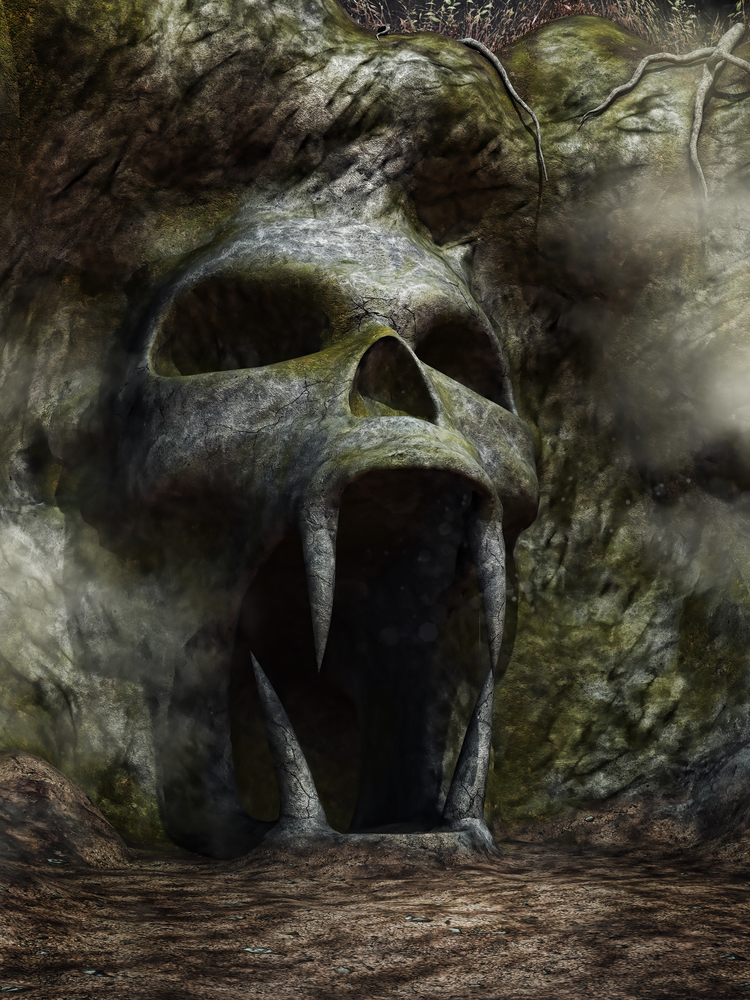In this second installment of my Dungeon Building series I am going to discuss five things which just about every dungeon will have. These include:
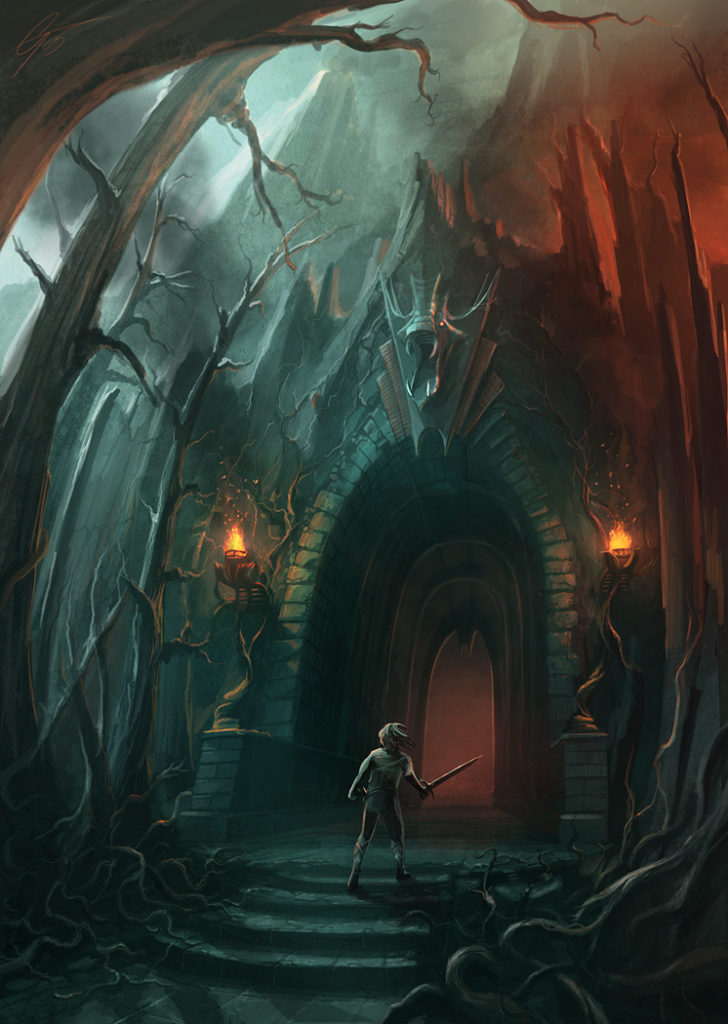
- Entrances
- Stairs
- Doors
- Passages
- Secret Doors and Secret Passages
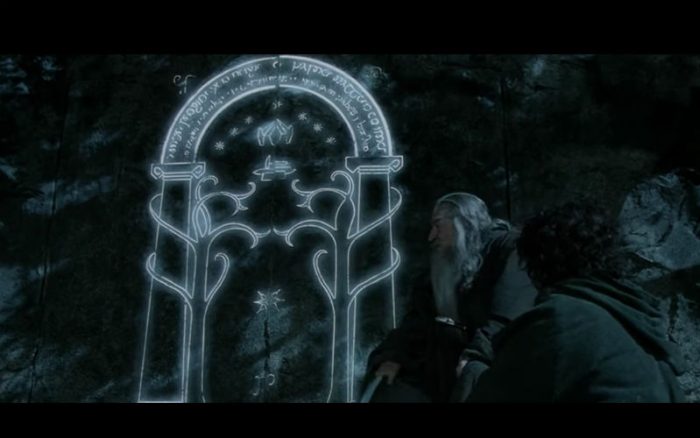
Not every dungeon will have all of these elements. Most will have some or all of them. Dungeons are not uniform. Some will have more of these elements than others will.
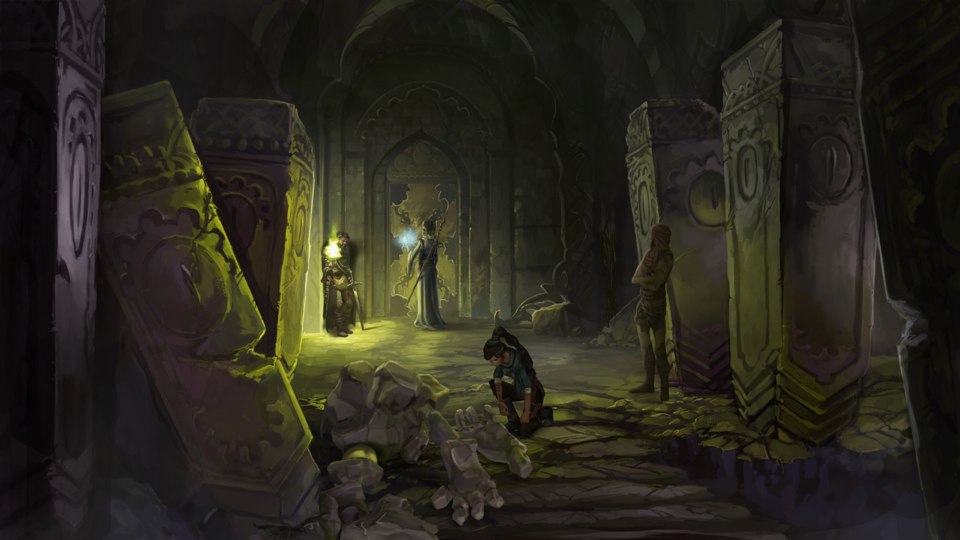
Dungeon Entrances
The entry point to a dungeon could be a staircase in the middle of nowhere, a trap door in the floor of some castle or something more exotic. Some possibilities for dungeon entrances that come to mind:
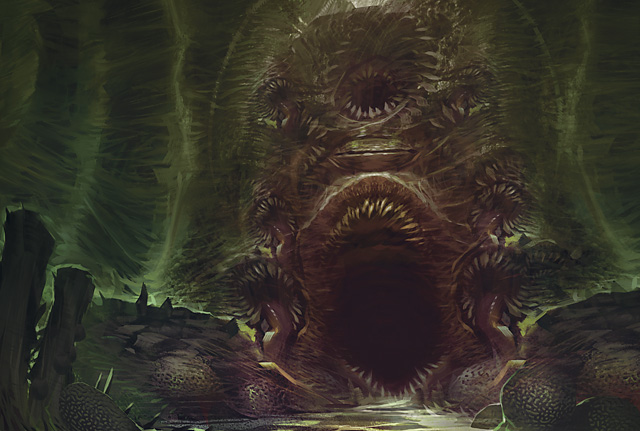
- Trap door in a castle
- A staircase in a cave
- A secret door behind a fireplace leading to stairs
- A hole in the ground under a movable statue
- A ladder inside of a well leading down
- And hundreds of other possibilities
Not everyone wants others to know the location of a dungeon entrance. Sometimes the entrance is guarded by magic or is hidden in some way. Sometimes it is just guarded. Often there are multiple entrances into a dungeon. Some may be trapped to prevent unauthorized visitors.
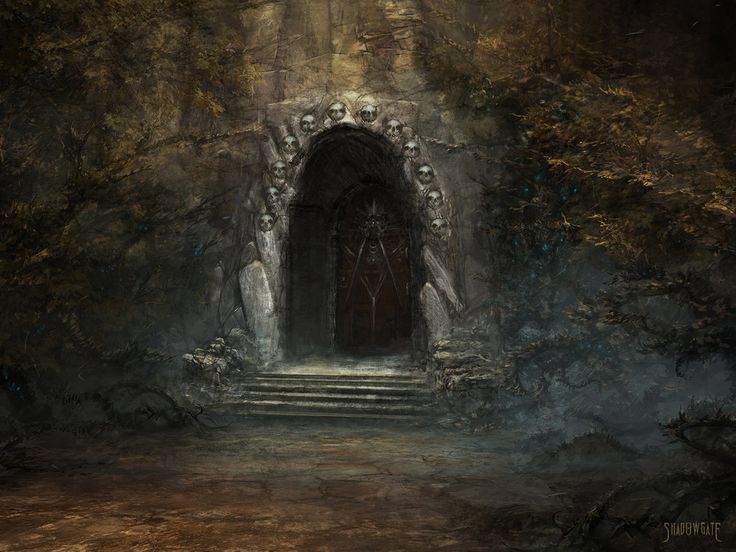
Entrances can sometimes be puzzles. A door which will only open when certain words are spoken is common in fantasy literature. The door to Mines of Moria in Lord of the Rings is an example. The door to the cave in Ali Baba and the Forty Thieves is another.
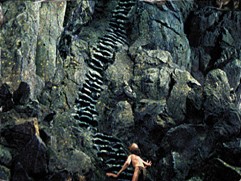
Dungeon Stairs
Entrances into dungeons are often by a staircase. But often more sets of stairs are discovered within a dungeon. Dungeons are not all one level deep. Some are multiple levels deep. Some safe method of going down is usually built into dungeons.
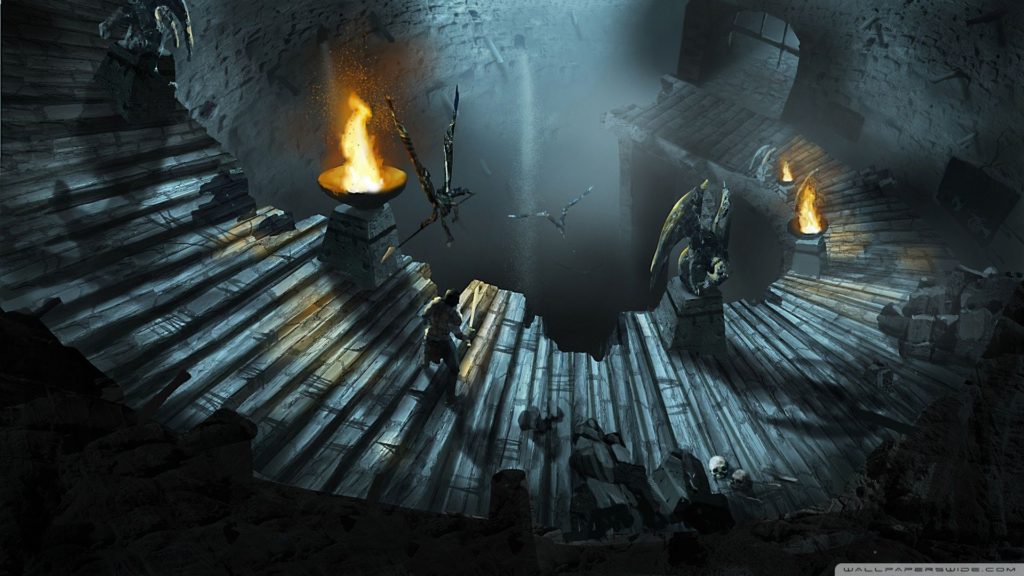
Dungeon stairs are not always safe. After years of disuse they may crumble when weight is put on them. They may already have fallen by the time they are discovered. They might even be trapped. And sometimes those who live in the dungeon may be prepared to guard the stairs. Balconies overlooking stairs can be used to fire missile weapons at those ascending or descending them. And occasionally evil dungeon masters place secret doors beneath stairs in which monsters are lurking to ambush those using the stairs.
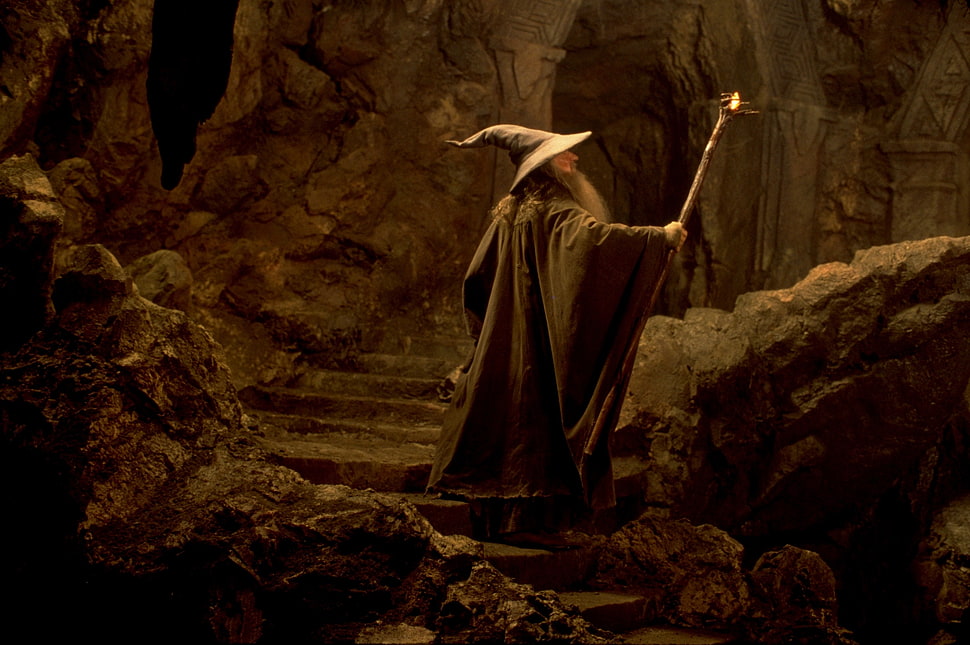
Stairs may be made from stone or wood. But often they are made of other things. Some possibilities might include:
- Bone
- Crystal
- Metal
- Bodies
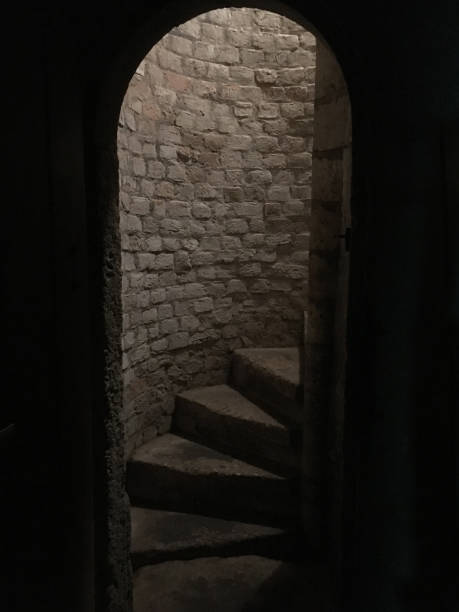
Of course…..stairs are not the only ways one could go up or down in a dungeon. Other methods will be discussed in a later article. But what type of stairs will be in a dungeon is something that a dungeon master needs to consider while putting a dungeon together.
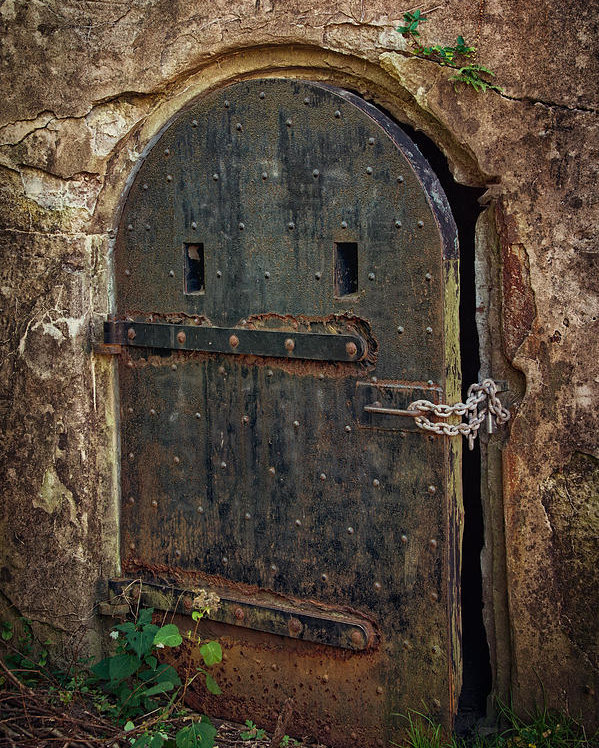
Dungeon Doors
Not every dungeon will have doors. But most will. There are different types of doors one might find in a dungeon. And there are different materials that such doors could be made from.
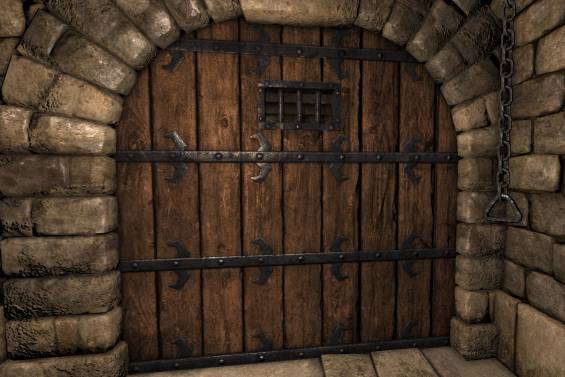
Materials that doors could be made from include:
- Wood
- Stone
- Iron
- Combination of wood and iron
- Bone fused together
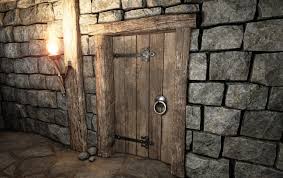
Different types of dungeon doors that one might encounter in a dungeon include:
- Standard doors
- Stuck doors
- Reinforced doors
- Doors with ornate carvings in them
- Doors with sliding panels so that one can see into or out of a room
- Doors with a sliding panel low so that one can feed a prisoner
- Cell doors
- Locked Doors
- Doors barred from within or from the outside
- Trapped doors
- Trap doors in the floor or in the ceiling
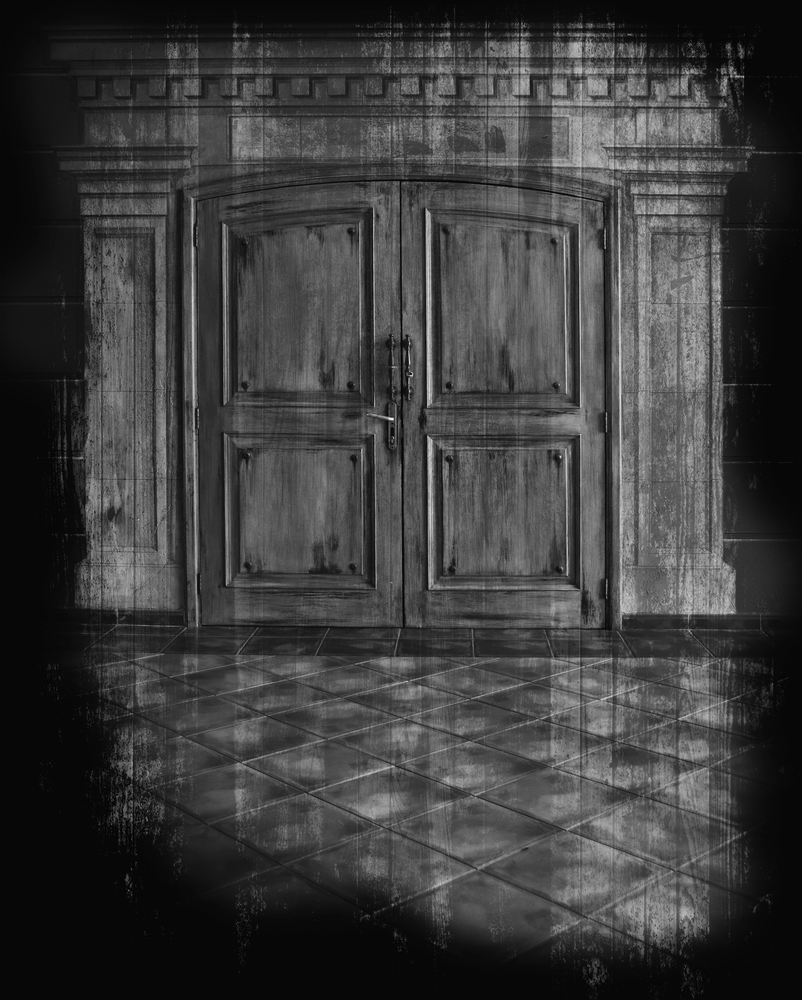
Not every door is the same. And in a dungeon not every door within it is likely to be the same either. Many will be identical. But there will almost always be some which have specific purposes. Secret doors will be discussed later in this article.
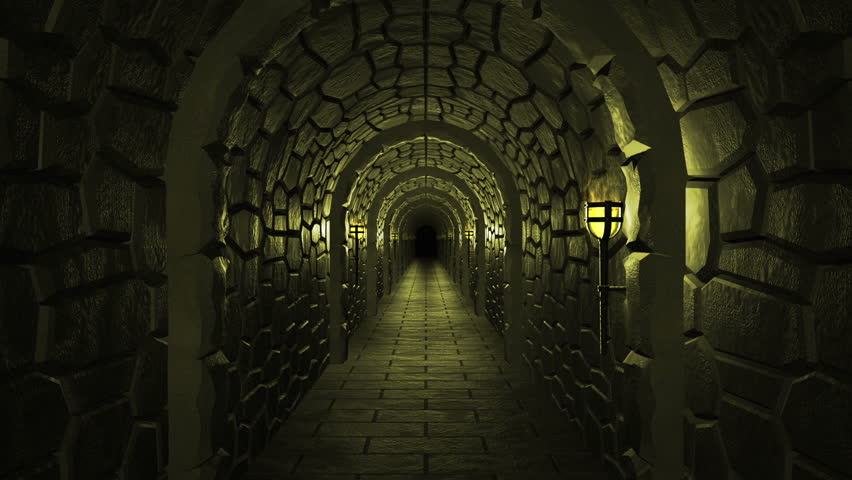
Dungeon Passages
Dungeons usually have passages and corridors. I suppose it is possible to have a dungeon without such hallways but I would suggest that it would be rare. Passages could be:
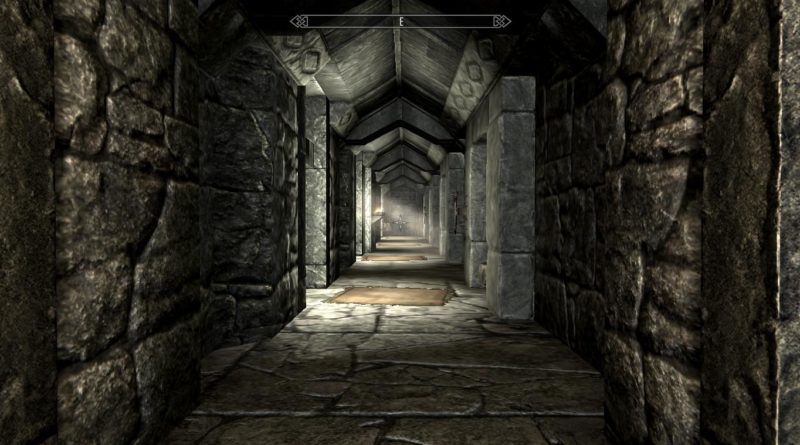
- Trapped
- Guarded
- Have ornate carvings or decorations
- Shifting or sliding
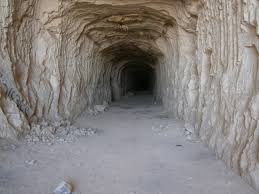
One moving down a dungeon passage would need to take great care. Stones in the floor might be loose or cracked. Any of these loose or cracked stones or tiles might be a trigger for a trap of some sort. These passages will likely be unlit. Passages which have nooks or crannies might easily result in ambushes by lurking monsters.
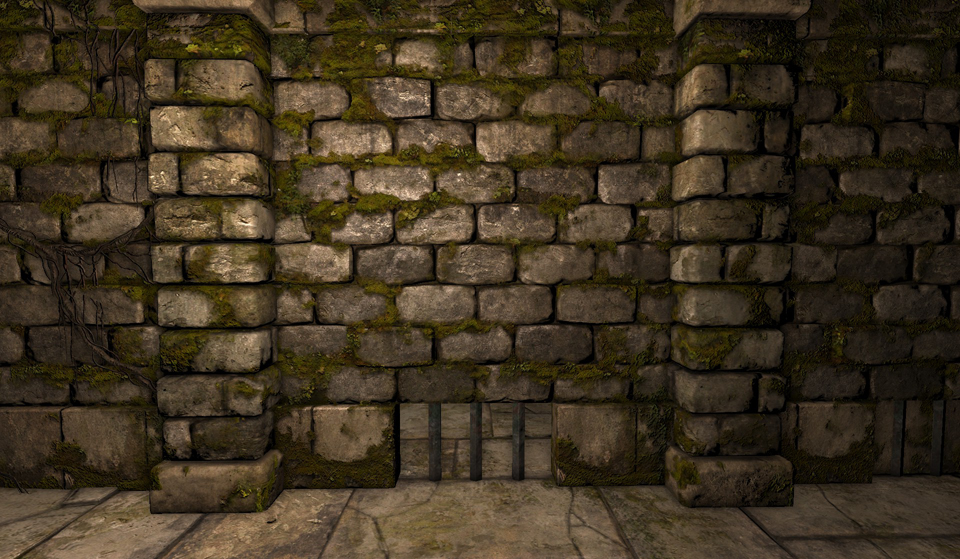
Secret Doors and Secret Passages
Fantasy stories are filled with secret doors and passages. Castles always seemed to have secret ways in and out of them. Rooms in castles seemed to always have secret ways in and out of them as well. Some possible secret door or passages one frequently reads about in fantasy fiction include:

- Bookcases which slide or move
- Fireplaces which turn
- Staircases that lift up when a banister is pulled
- Doors in a wall which open when a painting is tilted
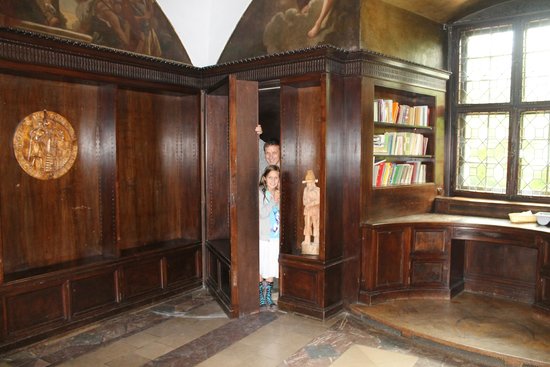
Secret doors and passages are not all fantasy. There are many examples that were used in real life in medieval castles and even in modern homes. Anywhere where people have things to hide a secret door or passage might be used.
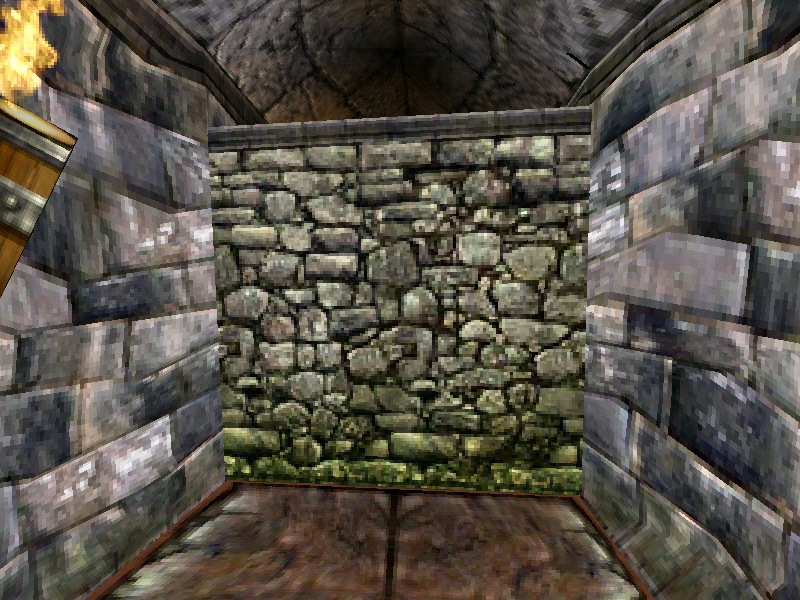
Villains, of course, have more things to hide than others. They use secret passages as a means to hide their treasures as well as hiding their means of escape should they be found. No one wants to be trapped by their enemies. And dungeons often seem like they have one way in. Rarely is this the case. Intelligent monsters and villains will always have multiple ways out of their lair. They will often have a secret method of getting out that only they or a few very trusted henchmen might know about.
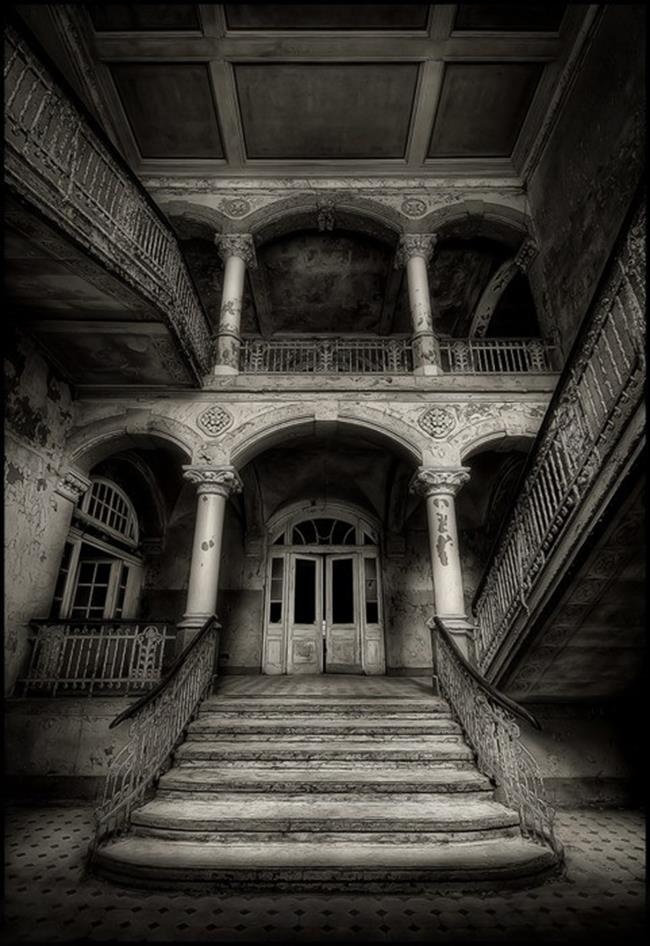
Not every dungeon is the same
Some dungeons will have some of these elements. Some will have all of them. And some might have only a few. The designer needs to consider how to place these components in order to make the dungeon the formidable place it appears to be.
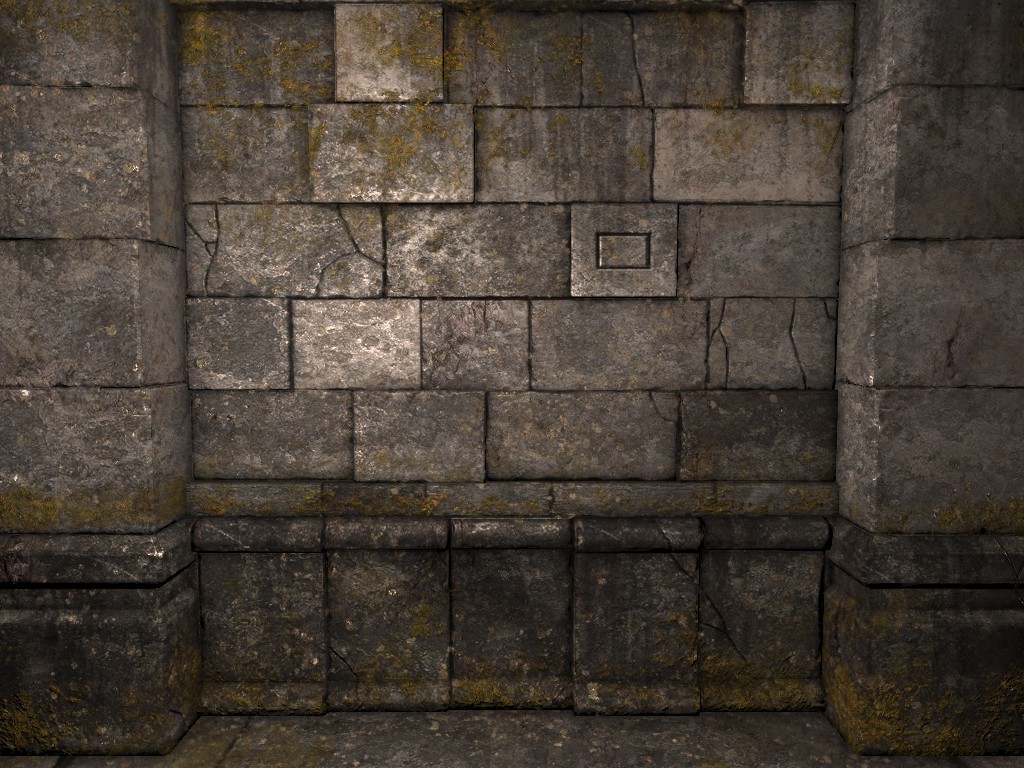
If you enjoyed this article then perhaps you will enjoy these as well:
- Caverns of Thracia Review
- The Maltese Clue Review
- Verbosh Review
- Lara’s Tower Review
- Restormel Review
- The Dragon Crown Review
- Escape From Astigar’s Lair Review
- Hall of the Fire Giant King Review
- Glacial Rift of the Frost Giant Jarl Review
- Steading of the Hill Giant Chief Review
- Tegel Manor Review
- F’Deck Fo’s Tomb Review
- Operation Ogre Review
- Inferno Review
